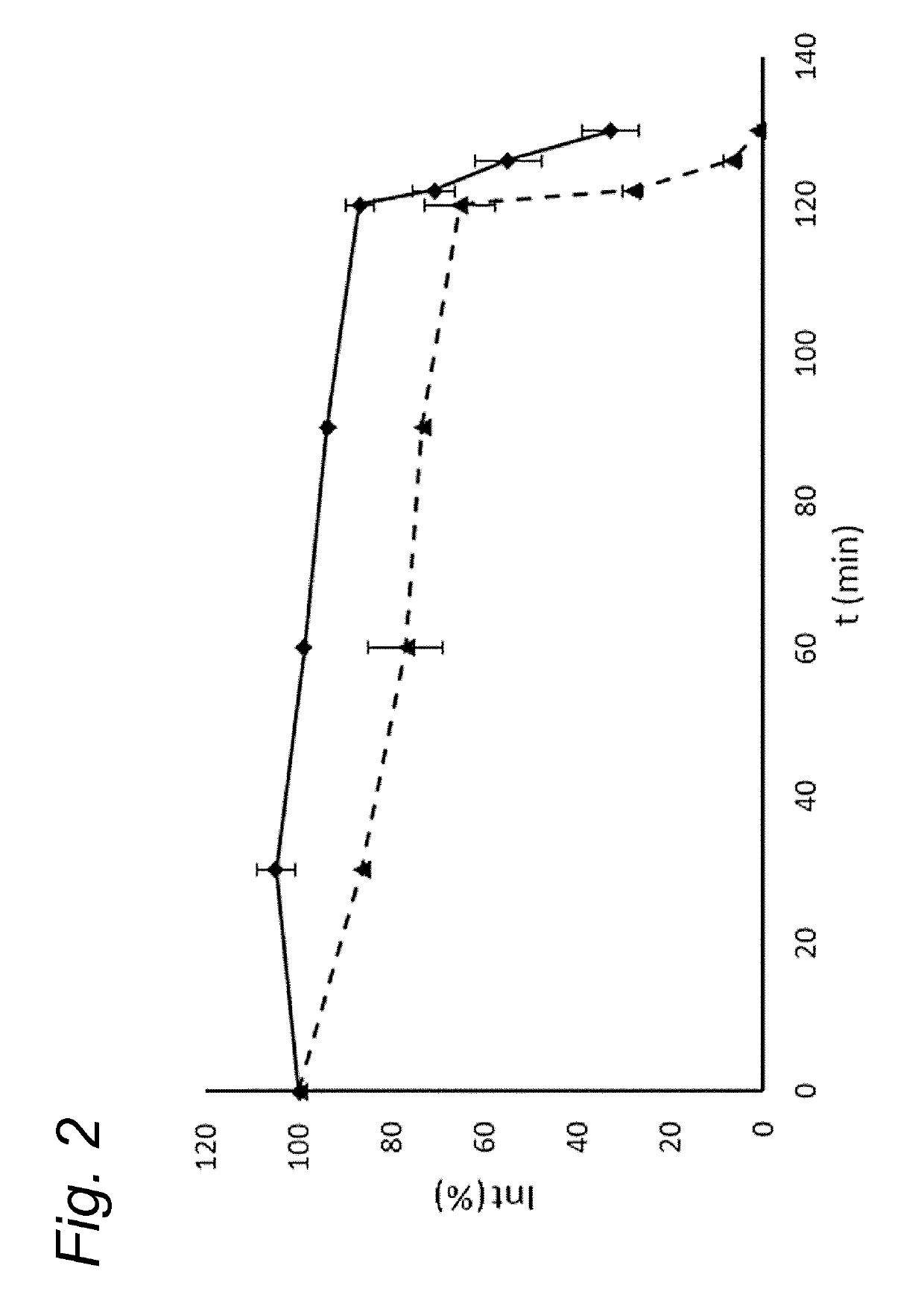Process for producing infant formula products and acidic dairy products from milk
a technology for acidic dairy products and infant formula, which is applied in the field of process for producing infant formula products and acidic dairy products from milk, can solve the problems of not being able to disclose an efficient and cost-effective way to reduce waste streams, and achieve the effect of minimal supplementation requirements and reducing the amount of waste streams obtained
- Summary
- Abstract
- Description
- Claims
- Application Information
AI Technical Summary
Benefits of technology
Problems solved by technology
Method used
Image
Examples
example 1
[0126]Defatted Milk Processing Into a Native Whey Protein Stream
[0127]Whole raw milk (purchased from Dairygold) was processed into a WPC fraction according to the following process. Milk and subsequent fractions were stored at 4° C. throughout production. Whole milk was skimmed using typical GEA Westfalia Separator @55° C. and cooled to 4° C. Skim milk was subjected to microfiltration to separate casein from both whey and lactose. Microfiltration membrane used was a 0.08 μM Synder membrane FR (PVDF 800 kDa) spiral wound membrane. However, any microfiltration membrane could be used provided casein was retained while whey / lactose / soluble minerals permeate efficiently. Microfiltration retentate was kept as the casein fraction. Microfiltration permeate contained whey and lactose.
[0128]Operating temperature was 10° C. and concentration factor (CF) was 3. CF factor achieved related to required final concentration of casein protein in microfiltration retentate. Microfiltration permeate was...
example 2
[0132]Digestibility Test
[0133]This protocol describes the simulation of digestion processes by use of the Multi-fermenter fed-batch from DasGip. The conditions used are specifically designed to simulate the digestion of a dose of infant formula of 200 ml by an infant of 6-12 months of age. The volumes described in this protocol are all scaled down by a factor 0.175 to permit usage of 0.1 litre reactors with overhead magnetic agitation with a starting volume of 35 ml Infant Formula (IF).
[0134]Preparation of Solutions
[0135]Fresh stock solutions as used during the digestibility test are prepared before the test is started. 20× concentrated gastric electrolyte solution with a density of 1.05438 g / ml is prepared in demi-water by dissolving 62 g NaCl, 22 g KCl, 3 g CaCl2.2 H2O by stirring into demi-water until a volume of 1000 ml is reached. 1 L saliva electrolyte (1×) is prepared in demi-water by dissolving 6.2 g NaCl, 2.2 g KCl, 0.3 g CaCl2.2H2O and 1.2 g NaHCO3 and adjusting the pH to ...
PUM
 Login to View More
Login to View More Abstract
Description
Claims
Application Information
 Login to View More
Login to View More - R&D
- Intellectual Property
- Life Sciences
- Materials
- Tech Scout
- Unparalleled Data Quality
- Higher Quality Content
- 60% Fewer Hallucinations
Browse by: Latest US Patents, China's latest patents, Technical Efficacy Thesaurus, Application Domain, Technology Topic, Popular Technical Reports.
© 2025 PatSnap. All rights reserved.Legal|Privacy policy|Modern Slavery Act Transparency Statement|Sitemap|About US| Contact US: help@patsnap.com


